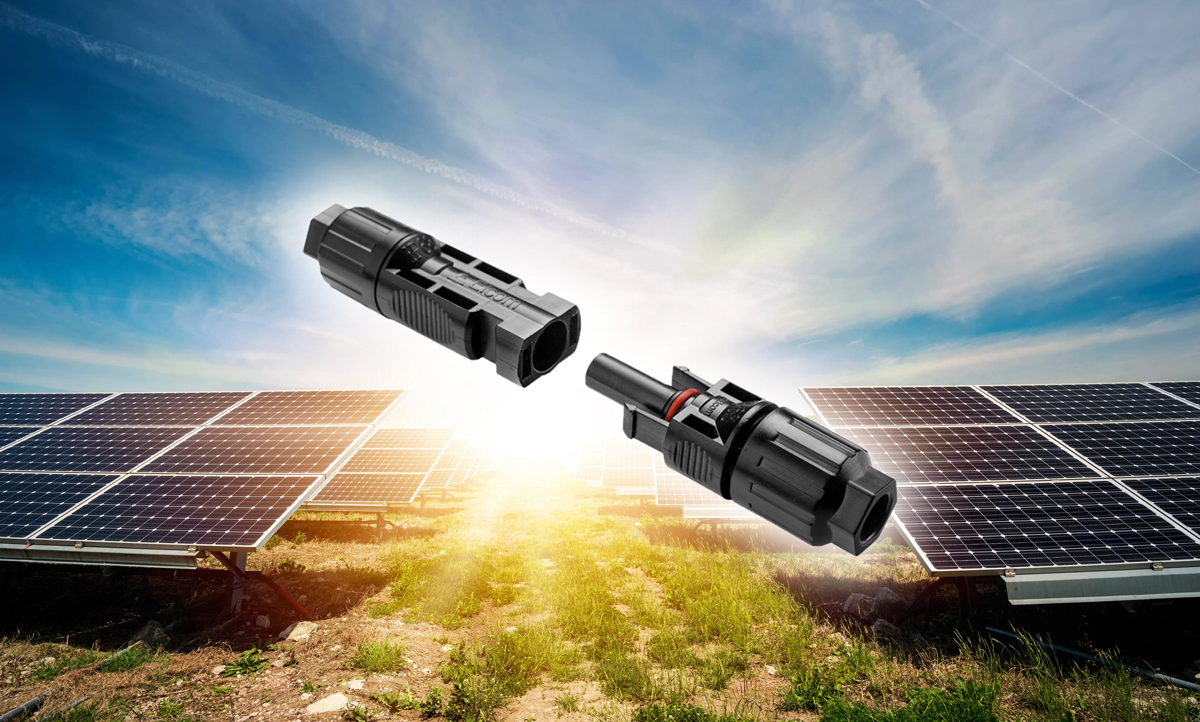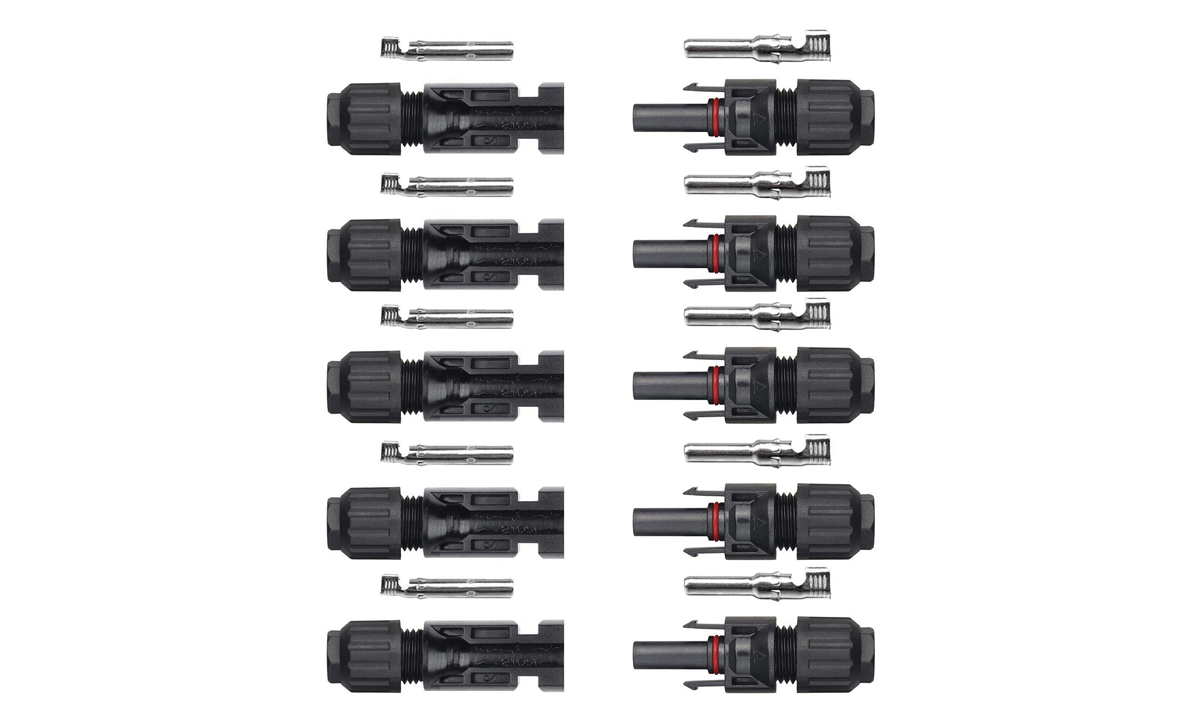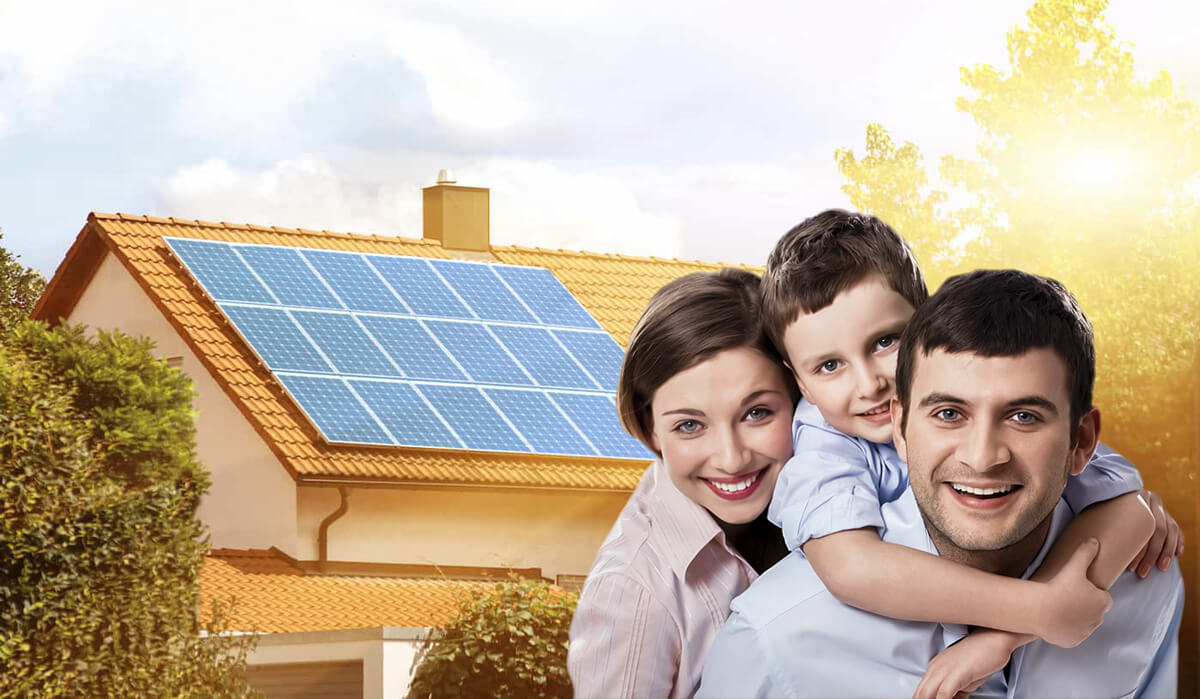
Solar panel cables correctly
As more and more people turn to renewable energy sources like solar power, the installation of solar panels has become increasingly common. However, many people are not aware of the importance of properly configuring the cables that connect the solar panels to the rest of the system.
Before we get into the specifics of solar panel cable configuration, it is important to understand the basics of solar energy systems. A solar energy system typically consists of several components, including solar panels, charge controllers, inverters, batteries, and cables. The solar panels generate electricity when exposed to sunlight, which is then sent through the cables to the other components of the system.
The cables that connect the solar panels to the rest of the system are an essential component of the system. They are responsible for transmitting the electricity generated by the solar panels to the charge controllers, inverters, and batteries. There are several types of cables used in solar energy systems, including PV wire, battery cables, and MC4 connectors.
PV wire is a type of cable specifically designed for use with solar panels. It is a double-insulated cable that can withstand harsh weather conditions and is resistant to ultraviolet radiation. Battery cables, as the name suggests, are used to connect the batteries to the rest of the system. They are typically made of copper and come in different sizes depending on the current load they need to handle. MC4 connectors are used to connect the solar panels to the rest of the system. They are easy to install and are designed to prevent moisture from entering the connection.

MC4 Solar panel cables
When configuring the solar panel cables, it is important to consider the size of the cables. The size of the cables is determined by the current load they need to handle. If the cables are too small, they will not be able to handle the current load, which can lead to overheating and potential fires. On the other hand, if the cables are too large, they will be more expensive and harder to install.
To determine the size of the cables needed for your solar energy system, you will need to calculate the current load. The current load is the amount of current that is flowing through the cables. To calculate the current load, you will need to know the wattage of the solar panels, the voltage of the system, and the distance between the solar panels and the rest of the system.
Once you have determined the current load, you can use a cable sizing chart to determine the appropriate cable size. Cable sizing charts are available online and are based on the American Wire Gauge (AWG) system. The AWG system assigns a number to each cable size, with lower numbers indicating larger cables.
When connecting the solar panel cables, it is important to follow the manufacturer's instructions carefully. The connection points should be clean and free of corrosion, and the cables should be connected in the correct order. For example, the positive cable from the solar panel should be connected to the positive input of the charge controller, and the negative cable should be connected to the negative input.
In addition to following the manufacturer's instructions, there are a few other best practices to keep in mind when configuring your solar panel cables. One important practice is to use cable ties to secure the cables to the mounting structure. This will prevent the cables from being blown around in the wind or getting tangled up.
Another best practice is to use cable clips to keep the cables neat and organized. Cable clips are small plastic clips that can be attached to the mounting structure to hold the cables in place. This will help to prevent the cables from becoming tangled or damaged.

Solar energy system
Regular inspections of your solar energy system are important for several reasons. Firstly, they can help to identify any damage or wear and tear on the cables before it becomes a serious problem. This can prevent costly repairs and potential safety hazards.
Secondly, regular inspections can help to ensure that your solar energy system is operating at maximum efficiency. If the cables are damaged or not properly configured, it can cause a decrease in the amount of electricity generated by the solar panels. Regular inspections can help to identify any issues that may be impacting the performance of the system.
When inspecting your solar energy system, it is important to check the cables for any signs of damage, such as cuts, nicks, or fraying. You should also check the connections to ensure that they are secure and free of corrosion. If you notice any issues, it is important to address them as soon as possible to prevent further damage or safety hazards.








